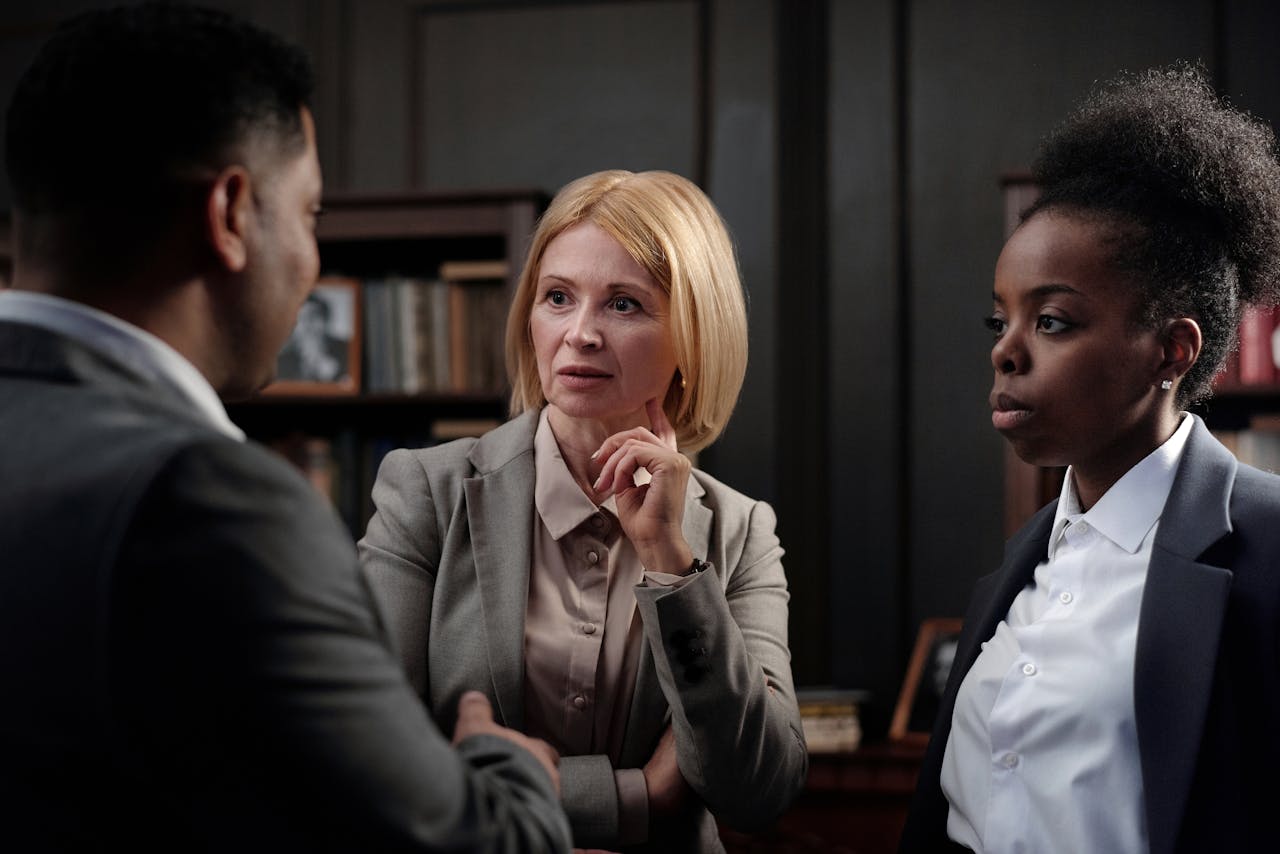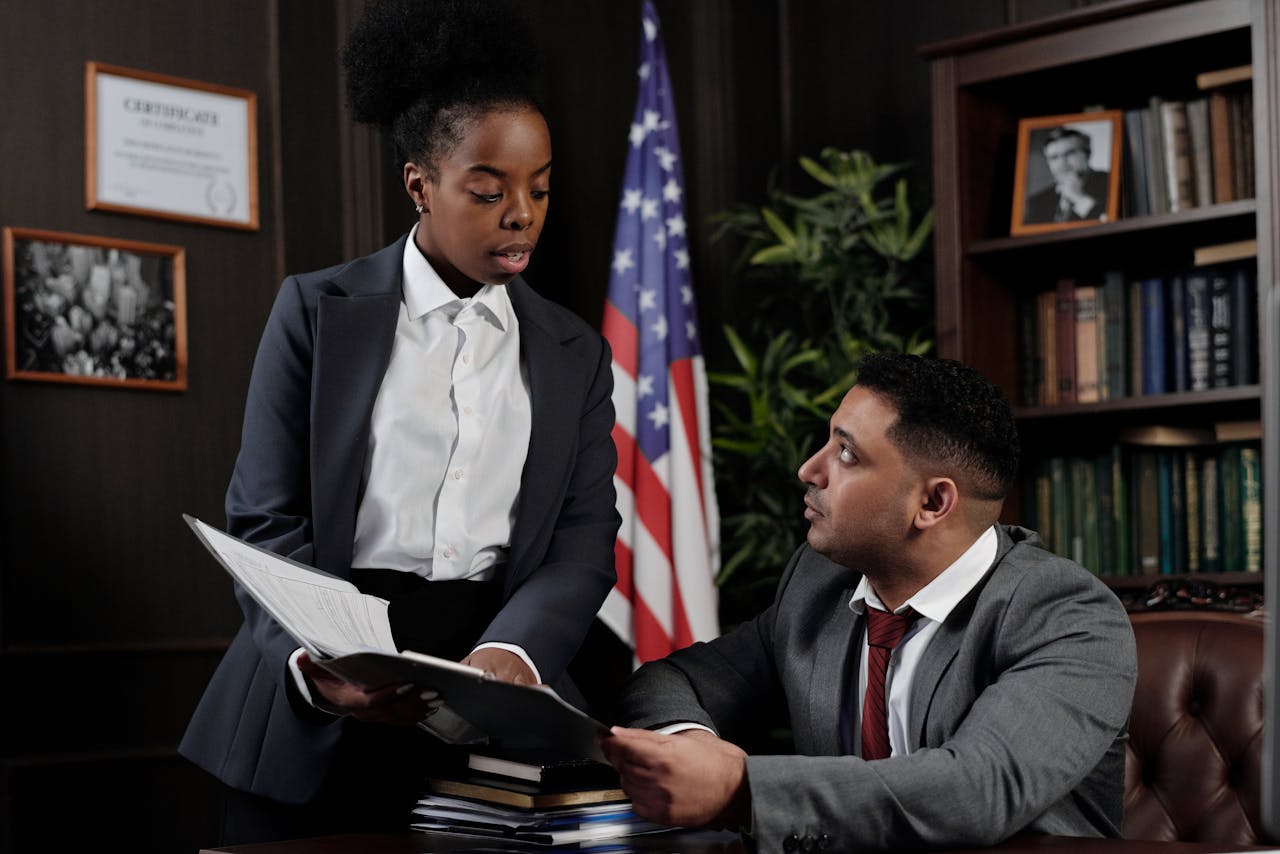Let’s Talk Intros: Because First Impressions Are Everything
We’ve all been there—scrolling, clicking, skimming. And then suddenly… something pulls us in. It could be a surprising question, a weird little story, or just that feeling of “oh wow, this is for me.”
That moment? That’s the power of a good blog post introduction. You don’t need fireworks. You need something real—a sentence or two that reaches out and says, “I see what you’re dealing with. Here’s something that might help.”
If you can tap into your reader’s curiosity—or better yet, their problem—you’ve got them. Tell them why this post matters. And hint at what’s coming next, so they know they’re in for something worthwhile. For a deeper breakdown on this, Neil Patel actually explains it better than I ever could.
Body Content: Where Your Words Actually Earn Their Keep
Now, the intro might get their attention—but the body is what keeps them reading. This part’s not just about “providing value.” (Ugh, that phrase is so overused.) It’s about being generous with what you know. Give them the good stuff, and organize it so they don’t get lost halfway through.
Break your thoughts into clear sections with honest, useful headings. No fluff. Each section should feel like it’s building toward something—whether it’s a solution, a realization, or just a better understanding of the topic.
And don’t be afraid to get a little personal. If something confused you before it clicked, say so. If you messed up and learned from it, share that too. Those stories make the content stick. They remind the reader there’s a person behind the words.
When in doubt, keep the rhythm going—use transitions, callbacks, even just a sentence that connects one idea to the next. That’s how you avoid the dreaded “wait, where am I?” feeling mid-scroll. If you want to nerd out on structure, here’s a super helpful post from HubSpot.
Closures That Actually… Close
So many blog posts just fizzle out. One minute you’re nodding along, and then—bam—it ends like someone yanked the cord out of the wall. Don’t let yours be one of those.
A strong ending brings everything back together. Remind the reader what they just learned—or better, what they might do with it. If you’ve been building toward a takeaway, now’s the time to lay it down, clear and simple.
But you can also leave a little space. Ask a question. Offer something to try. Or even just say, “Hey, if you’re still not sure where to start, that’s okay too.” That kind of softness sticks with people longer than any list of bullet points.
Also, let’s not pretend blog readers don’t want to talk. End with an invite. “Drop your thoughts below” might feel a bit cliché, but something like “Have you run into this too?” or “What worked for you?” can spark real replies.
For more ideas on closing with style, I once bookmarked this Coschedule article and still go back to it now and then.
One Last Thing (Because Life’s Messy, and So Is Writing)
At the end of the day, a good blog post isn’t about perfect formatting or flawless sentences. It’s about connection. If your words made someone nod, laugh, or feel a little less alone in their problem? You nailed it.
So next time you write, just show up as you. Ramble a little. Rethink a line twice. Be a little messy. Readers will notice—and they’ll keep coming back for that.
p:paragraph –>


